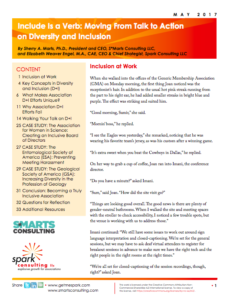One of the great things about being a consultant is that we get to tell people when their baby is ugly without them getting mad at us – hey, they’re PAYING us to tell them when their baby is ugly.
Well, your (campaign) baby is ugly.
But it’s not your fault!
Marketing automation makes it easy for us to “set it and forget it!”
You set up the campaign, and your AMS and automation software run in the background, sending notices out on time and to everyone who still hasn’t renewed/registered for the meeting/bought the webinar or book.
But those highly automated campaigns aren’t compelling. They don’t tell a story. They aren’t personal. They don’t make a connection. Because of that, they often don’t live up to expectations.
Fundraisers are experts at doing all of those things. They have to be. They’re not asking for people to give them money to get a direct personal benefit (a membership, a conference experience, professional development, knowledge). They’re asking people to give them money for some sort of greater good. And they do it really well.
How? Is it magic? Do you have to know the secret Association of Fundraising Professionals handshake?
You do not – you, too, can run a compelling, visually-arresting, emotionally- motivating, effective campaign. Find out how in the latest Spark whitepaper, Steal This Idea! Innovations in Cause-Oriented Fundraising for Associations freely available for download at https://bit.ly/3eu6ntm. Pay special attention to the interview with Shonali Burke on the three keys to effective campaigns on pages 8-10, the sidebar by John Haydon on using social media effectively to promote your campaigns, and to the stories of CompTIA and New Endeavors by Women on pages 19-22.

